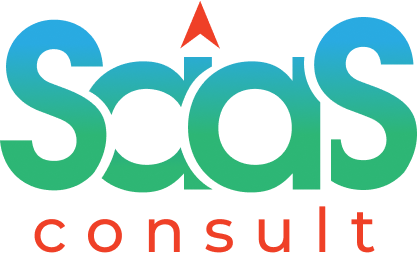What is conversion path
A conversion path is the journey that a website visitor takes from their initial interaction with a brand to the ultimate conversion or desired action. It refers to the series of steps and touchpoints that guide a visitor through the conversion process. The goal of a conversion path is to facilitate and optimize the user experience, leading to a higher likelihood of conversion.
A typical conversion path consists of several stages:
1. Awareness: The visitor becomes aware of the brand or product through various channels such as search engines, social media, or advertising. This stage focuses on capturing the attention and interest of the visitor.
2. Discovery: The visitor lands on a specific landing page or website where they can explore more about the brand or product. The landing page should provide relevant and compelling content that addresses the visitor’s needs and encourages them to move forward.
3. Consideration: The visitor evaluates the brand or product further, comparing it with other options available in the market. This stage may involve researching reviews, testimonials, or product demonstrations to assess the value and suitability of the offering.
4. Decision: The visitor reaches a decision point where they are ready to convert. This could involve making a purchase, signing up for a newsletter, or filling out a form. The decision stage should make the conversion process clear, simple, and enticing, reducing any potential friction or barriers to conversion.
5. Conversion: The visitor completes the desired action, becoming a customer or achieving the specific conversion goal. This is the ultimate objective of the conversion path.
To optimize the conversion path, marketers can employ various strategies:
– Clear and compelling calls-to-action (CTAs) that guide visitors to the next step in the conversion process.
– Streamlined and intuitive website navigation to facilitate easy movement through the conversion path.
– Personalization and targeted messaging that aligns with the visitor’s interests and needs.
– A/B testing to determine the most effective layout, design, and content elements that drive conversions.
– Analytics and data tracking to monitor the performance of the conversion path and identify areas for improvement.
By understanding the stages of the conversion path and implementing strategies to enhance each stage, marketers can increase the likelihood of successful conversions. Continual monitoring, analysis, and optimization of the conversion path can lead to improved conversion rates and overall business growth.

